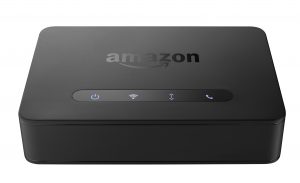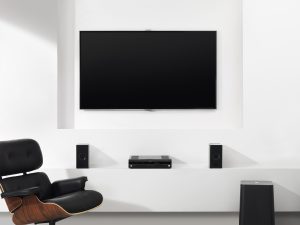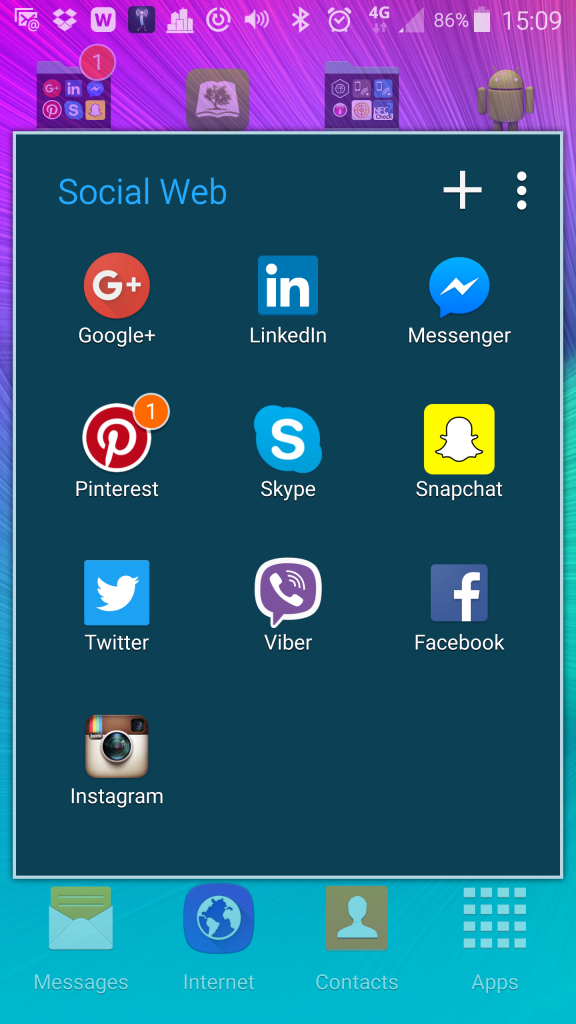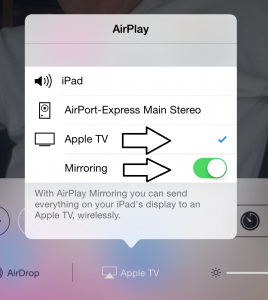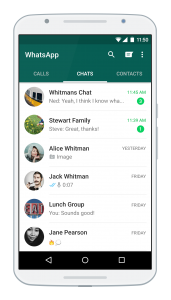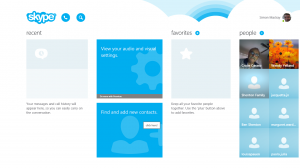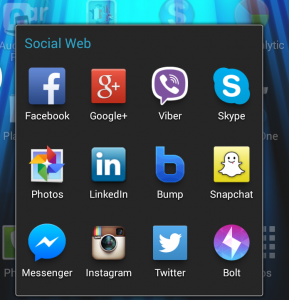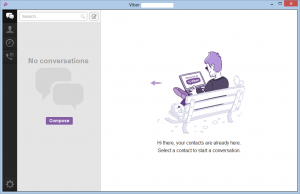Make VPN, VLAN and VoIP applications easy to set up in your network
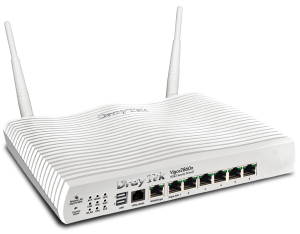
Routers like the Draytek Vigor 2600N which support VPN endpoint and IP-PBX functionality could benefit from simplified configuration processes for these functions
Increasingly, the virtual private network, virtual local-area network and IP-based voice and video telephony setups are becoming more common as part of ordinary computing.
The VPN is being seen as a tool to protect our personal privacy or to avoid content-blocking regimes imposed by nations or other entities. Some people even use this as a way to gain access to video content available in other territories that wouldn’t be normally available in their home territory. But VPNs are also seen by business users and advanced computer users as a way to achieve a tie-line between two or more networks.
The VLAN is becoming of interest to householders as they sign up to multiple-play Internet services with at least TV, telephony and Internet service. Some of the telcos and ISPs are using the VLAN as a way to assure end-users of high quality-of-service for voice or video-based calls and TV content made available through these services.
It may also have some appeal with some multiple-premises developments as a tool to provide the premises occupiers access to development-wide network resources through the occupiers’ own networks. It will also appeal to public-access-network applications which share the same physical infrastructure as private networks such as FON-type community networks including what Telstra and BT are running.
VoIP and similar IP-based telecommunications technologies will become very common for home and small-business applications. This is driven by incumbent and competing telecommunications providers moving towards IP-based setups thanks to factors like IP-driven infrastructure or a very low cost-of-entry. It also includes the desire to integrate entryphone systems that are part of multi-premises buildings in to IP-based telecommunications setups including the voice-driven home assistants or IP-PBX business-telephony setups.

A device like the Amazon Echo could be made in to a VoIP telephone through an easy-to-configure Alexa Skill
In the same context, an operating-system or other software developer may want to design a “softphone” for IP-based telephony in order to have it run on a common computing platform.
What is frustrating these technologies?
One key point that makes these technologies awkward to implement is the configuration interface associated with the various devices that benefit from these technologies like VPN endpoint routers or IP-based telephony equipment. The same situation also applies if you intend to implement the setup with multiple devices especially where different platforms or user interfaces are involved.
This kind of configuration also increases the chance of user error taking place during the process which then leads to the setup failing with the user wasting time on troubleshooting procedures to get it to work. It also makes the setup process very daunting for people who don’t have much in the way of IT skills.
For example, you have to complete many steps to enrol the typical VPN endpoint router with a consumer-facing privacy-focused VPN in order to assure network-wide access to these VPNs. This involves transcribing configuration details for one of these VPNs to the router’s Web-based management interface. The same thing also applies if you want to create a VPN-based data tie-line between networks installed at two different premises.
Similarly, IP-based telephony is very difficult to configure with customers opting for pre-configured IP telephone equipment. Then it frustrates the idea of allowing a customer to purchase equipment or software from different resellers thanks to the difficult configuration process. Even small businesses face this same difficult whether it is to add, move or remove extensions, create inter-premises tie-lines or add extra trunk lines to increase call capacity or provide “local-number” access.
This limits various forms of innovation in this space such as integrating a building’s entryphone system into one’s own telephone setup or allowing Skype, Facebook Messenger, WhatsApp or Viber to permit a business to have a virtual telephone link to their IP-telephony platforms.
It also limits the wide availability to consumers and small businesses of “open” network hardware that can answer these functions. This is more so with VPN-endpoint routers or routers that have IP-based telecommunications functionality which would benefit from this kind of simplified configuration process.
What can be done?
A core requirement to enable simplified provisioning of these technologies is to make use of an XML-based standard configuration file that contains all of the necessary configuration information.
It can be transferred through a download from a known URL link or a file that is uploaded from your computing device’s local file system. The latter approach can also apply to using removable storage to transfer the file between devices if they have an SD-card slot or USB port.
Where security is important or the application depends on encryption for its operation, the necessary binary public-key files and certificates could be in a standard form with the ability to have them available through a URL link or local file transfer. It also extends to using technologies based around these public keys to protect and authenticate the configuration data in transit or apply a digital signature or watermark on the configuration files to assert their provenance.
I would also see as being important that this XML-based configuration file approach work with polished provisioning interfaces. These graphically-rich user interfaces, typically associated with consumer-facing service providers, implement subscription and provisioning through the one workflow and are designed to he user-friendly. It also applies to achieving a “plug-and-play” onboarding routine for new devices where there is a requirement for very little user interaction during the configuration and provisioning phase.
This can be facilitated through the use of device-discovery and management protocols like UPnP or WSD with the ability to facilitate the upload of configuration files to the correct devices. Or it could allow the creation and storage of the necessary XML files on the user’s computer’s local storage for the user to upload to the devices they want to configure.
Another factor is to identify how a device should react under certain situations like a VPN endpoint router being configured for two or more VPNs that are expected to run concurrently. It also includes allowing a device to support special functions, something common in the IP-based telecommunications space where it is desirable to map particular buttons, keypad shortcodes or voice commands to dial particular numbers or activate particular functions like door-release or emergency hotline access.
Similarly, the use of “friendly” naming as part of the setup process for VLANs, VPNs and devices or lines in an IP-telephony system could make the setup and configuration easier. This is important when it comes to revising a configuration to suit newer needs or simply understanding the setup you are implementing.
Conclusion
Using XML-based standard provisioning files and common data-transfer procedures for setup of VLAN, VPN and IP-based-telecommunications setups can allow for a simplified setup and onboarding experience. It can also allow users to easily maintain their setups such as to bring new equipment on board or factor in changes to their service.



